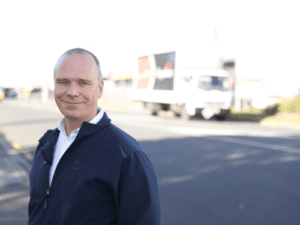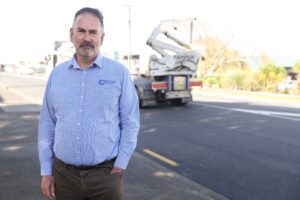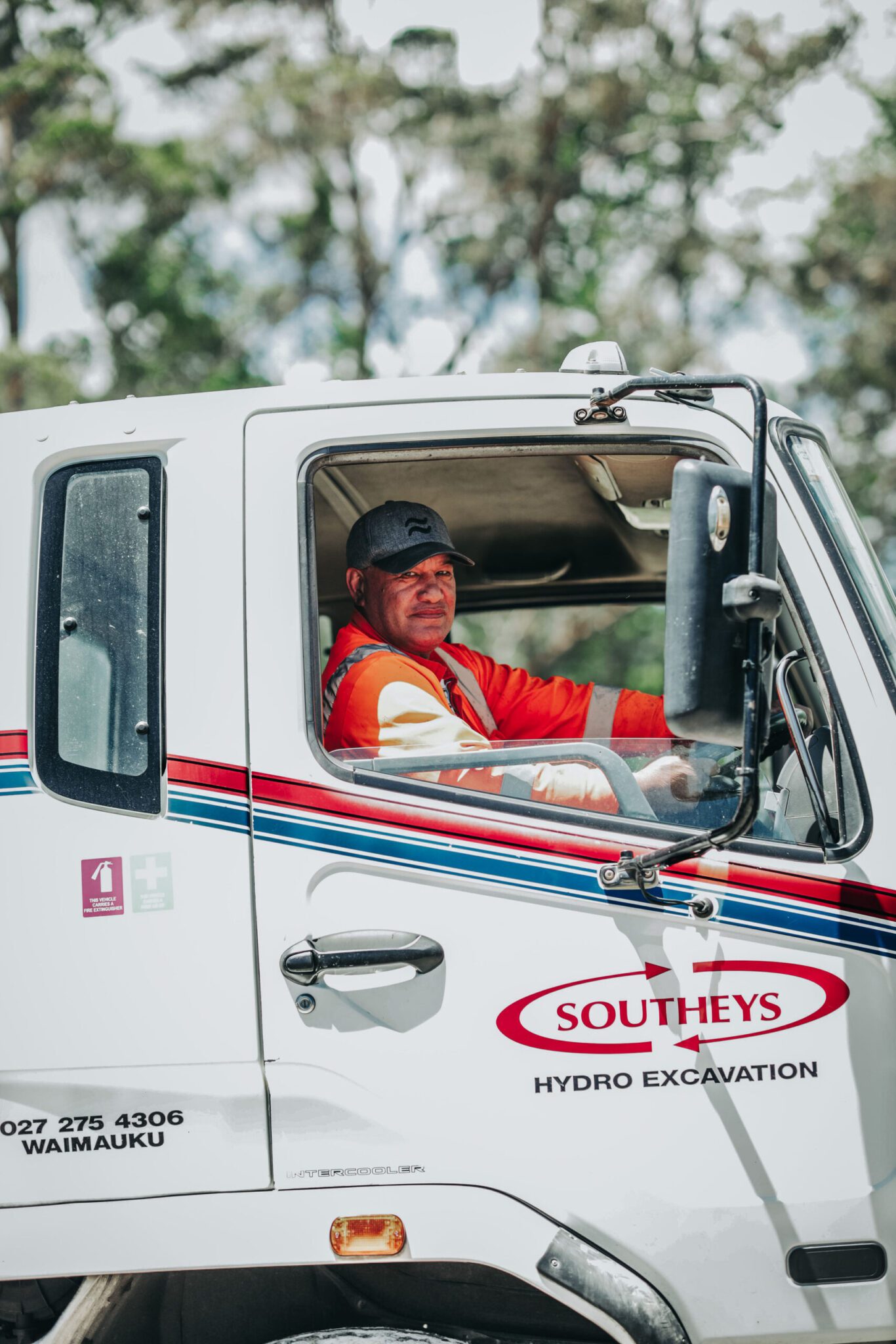Time to take the politics out of infrastructure decision-making – Barney Irvine
Imagine for a second that we were able to strip the politics out of infrastructure decision-making.
Instead of wild swings in policy, plans and priorities each time there is a change in government, we would see a consistent, long-term programme of projects prioritised in the national interest.
That programme might include, for instance, major state highway projects (like the Roads of National Significance), and a new Waitemata Harbour Crossing.
It could include projects that avoid or delay the need for new network capacity, like time-of-use charging in Auckland, and packages of smaller-scale initiatives designed to lift the performance of existing urban roads (like smart traffic lights and dynamic lanes).
We could expect to see new rapid transit projects, including bus, rail or tram connections to unlock housing growth on the Auckland isthmus, as well as projects aimed at developing the existing commuter and freight rail network in and around main centres.
There would also be a raft of non-transport projects, from energy resilience to water, waste and recycling and social infrastructure.
All this is a lot less Pollyanna than it sounds.
One of the best things this Government has done regarding infrastructure is make a real commitment to the concept of an infrastructure priority programme. This is something industry has been calling for over many years, and that the previous Government made a start on. It represents one of the most important steps we can take towards the dramatic improvement in infrastructure outcomes the country desperately needs.
What exactly is it?
Basically, it involves our independent Infrastructure Commission doing two things: first, developing a standardised framework for evaluating and prioritising infrastructure projects, tightly aligned to a national infrastructure strategy; second, applying that framework to a range of nationally important infrastructure projects (put forward by central government, councils and the private sector), and showing which ones give the biggest bang for our collective buck.
What we would end up with is a set of vetted, high-quality projects over a 15 to 20-year timeframe. This would provide the backbone for a world-class infrastructure programme that the government of the day – regardless of its political stripes – would be tasked with delivering.
In our view, it is vital the programme is more than just a menu successive government can pick from, depending on political appetites. It would have to include a strong element of prioritisation, and be done in a way that, if governments opt to deviate from it, they would be required to provide the public with an explanation.
Further, for all that we want to see bold ideas and many big projects, the programme must be grounded in realism. The process must go hand-in-hand with an honest conversation about what we need, what we can afford, how we will pay for it and what we can deliver as a nation.
And it will not just be a series of sexy projects and ribbon-cutting opportunities. Plenty of items on the list will be about maintaining pipes, road surfaces and transmission lines, and all the other boring but essential stuff that comes with responsible stewardship of infrastructure assets. After all, the Infrastructure Commission tell us that some 60% of every infrastructure dollar should be spent on maintaining what we already have.
The benefits of this approach are obvious in terms of the efficiency, cost-effectiveness, and transparency it would bring to infrastructure planning and delivery.
It would avoid the oscillations in decision-making from one government to the next, and the waste, inertia and damage to New Zealand’s reputation in the international market that goes with it.
It would result in a pipeline of projects that would give industry the confidence and clarity it needs to commit to the New Zealand market for the long haul. This is not just about ensuring capacity – it would also drive better, faster, cheaper outcomes because industry will be able to plan for multiple projects, rather than one at a time.
The transparency of the process would drive much needed public trust and confidence in infrastructure decision-making. This is essential if, as is sure to be the case, New Zealanders are asked to contribute more through rates, taxes and user pays to help address the country’s infrastructure needs.
This approach is well established in countries like Australia and the UK and is yet another reason our country’s infrastructure levels of service continue to lag.
Now is the time for all political parties to recognise the bigger picture and get in behind this. Our children, and grandchildren, will thank them for it.
Barney Irvine is Executive Director of the Northern Infrastructure Forum, a policy and advocacy organisation formed to help raise the standard of infrastructure planning and decision-making across the Upper North Island and maximise the contribution that infrastructure can make to productivity and liveability.





